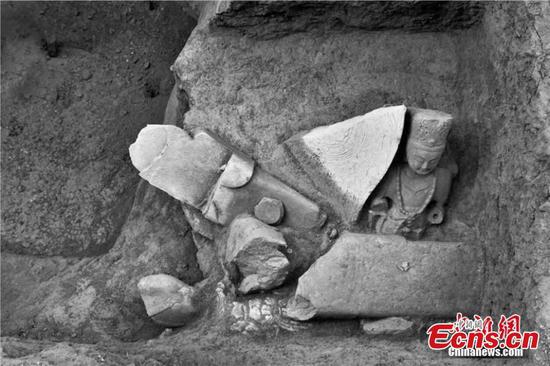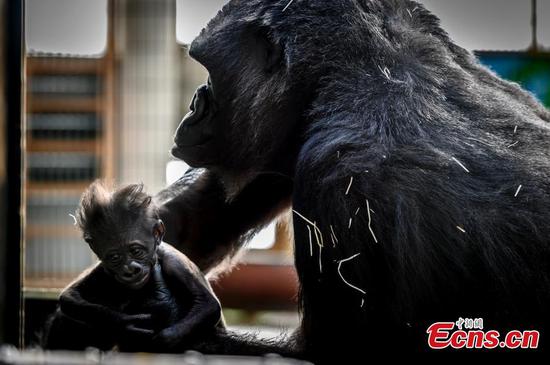The Chinese yuan (CNY) has sharply appreciated against the greenback in the past week, wrapping up Friday's trade with a high of 6.71 per U.S. dollar and notching the largest weekly gains since Jan. 11.
Analysts and industry insiders believed that market optimism across the board on potential progress to be made in China-U.S. trade relations, as well as the long-term resilience of the Chinese economy, has fueled the yuan's rally to pick up steam during the week.
MARKET OPTIMISM ON U.S-CHINA TRADE RELATIONS
A principal driver for the yuan hinged on upbeat market expectations and constant updates on this week's trade talks between China and the United States.
The yuan started to rise on Monday, after the two sides agreed on Feb. 15 to hold a new round of economic and trade talks in Washington in the past week following the meeting in the previous week in Beijing, which both sides said had led to some progress.
"An important factor explaining the recent CNY appreciation is the increased market confidence on U.S.-China trade talks and the prospects of a trade truce between both countries," Alejo Czerwonko, emerging markets strategist at UBS Global Wealth Management, told Xinhua.
Investors and traders have turned into a risk-on sentiment, as hopes for easing the lingering trade tensions boosted their appetite for riskier assets.
That has at the margin reduced demand for the U.S. dollar as a safe-haven currency. A weaker dollar has also underpinned the yuan's strength over the week.
Ben Randol, a senior foreign exchange strategist at Bank of America Merrill Lynch, also believed that the global foreign exchange (FX) market and other asset classes have recently been "infused with optimism about a U.S.-China trade deal," which has led to a declining tendency in the dollar.
"The more positive progress on U.S.-China trade policy is perceived to be, the more strength we see in traditionally riskier currencies, such as AUD, as well as the currencies of more economically open economies, such as the euro," Randol told Xinhua.
The Australian dollar (AUD), widely regarded as a barometer of global risk sentiment, extended marked gains against the greenback for three days during the week, i.e. Tuesday, Wednesday and Friday, ending the final trading day at 0.7133 per dollar, a sharp increase of 0.75 percent from the previous day.
Some analysts cautioned that a disruption to the trade relationship between China and the United States would roil international economies.
"The trade negotiation between the Unites States and China has a direct influence on the currency markets," said Anthony Minardo, vice president and FX trader for Bank Leumi USA. "There will be a massive increase in currency volatility and large revaluations of global currencies (in case of deterioration of trade tensions)."
DOVISH FED PRESSURING GREENBACK
Trade optimism has not been the only relevant factors behind year-to-date FX moves. As global FX markets have already priced in a series of positive updates regarding trade, other drivers tend to be longer term and are likely to play a growing role looking ahead.
The overall dovish tone by the U.S. Federal Reserve has recently added pressure on the dollar, causing the yuan to strengthen, as the market has already factored in the slowdown in future rate paths, experts said.
The dollar index, which measures the greenback against six major peers, has been sliding on a downward path for four trading days of the past week, except Thursday.
"The dollar index has turned lower since the start of the week due to one major reason, the Fed has continued to become more dovish with respect to interest rates in the United States and the pace going forward," Minardo told Xinhua.
"The overall consensus is for rates to remain on hold for the short to medium term and as a result the market has sold the dollar," he added.
The central bank pledged a "patient and flexible" approach to future policy tightening moves, as a way to "manage risks while assessing incoming information bearing on the economic outlook," according to its latest meeting minutes released on Wednesday.


















































